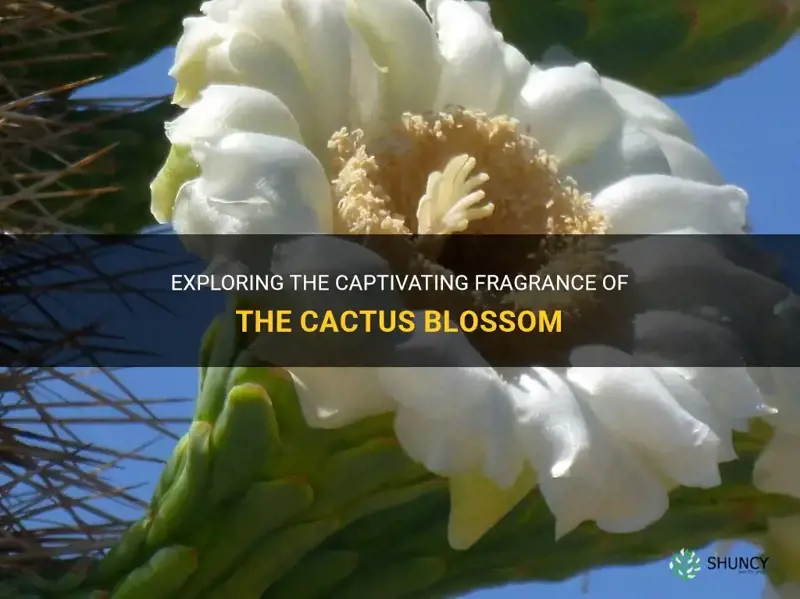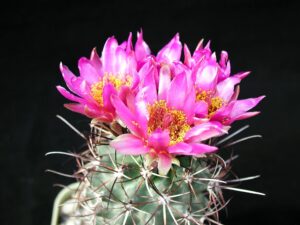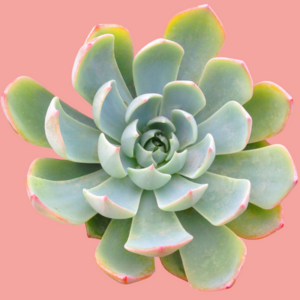When considering the enchanting world of botanical fragrances, the smell of a cactus flower may not be the first thought that comes to mind. Yet, these succulent blooms hold a surprising olfactory allure. Have you ever paused to wonder what a cactus flower actually smells like? It’s a playful inquiry, but the real challenge lies in discovering the nuances of their fragrance, which can often be as diverse as the species themselves. Let us embark on a fragrant journey through the realms of cactus blossoms, unveiling the aromatic secrets they harbor.
Understanding the characteristics of cactus flowers is crucial to grasping their distinctive scents. Unlike many traditional flowers, which rely heavily on lustrous colors and rich fragrances to allure pollinators, cactus blooms often employ subtler olfactory cues. They are primarily adapted to their arid environments, where survival takes precedence over ostentation. This leads to a unique array of fragrances, primarily aimed at attracting nocturnal pollinators such as moths, while some species cater to the sunlight-seeking bees. Therefore, to thoroughly explore the scent of cactus flowers, we must consider both environmental factors and biological adaptations that influence their aromatic profiles.
Many cactus species produce flowers that release fragrances ranging from mildly pleasant to intoxicatingly sweet. For instance, the Night-Blooming Cereus tantalizes with a rich, almost heady aroma reminiscent of vanilla and jasmine, captivating anyone fortunate enough to encounter it during its fleeting blooming period. In contrast, the flowers of the Saguaro cactus might surprise you with a more understated scent, providing subtle notes that might evoke an earthy, green aroma — a nod to their desert landscape.
As we venture deeper into the exploration of cactus fragrances, it becomes clear that individual species offer a sensory diversity that is not always immediately apparent. This phenomenon can be likened to a treasure hunt, where each blossom represents a unique prize waiting to be discovered. While some cacti emit floral scents, others might have a more herbaceous or even fruity fragrance, producing a complex tapestry of aromas that challenge our preconceived notions of what flowers should smell like.
The interplay between location and fragrance is also a pivotal aspect to consider. Cacti thrive in environments where moisture and resources are scarce, leading their aromatic expressions to be tailored to their surroundings. Each region may have a different blend of scents based on soil composition, humidity levels, and the overall microclimate affecting the plant’s growth. Consequently, a cactus blooming in the arid deserts of Arizona may sport an entirely different scent than one blossoming in the coastal regions of South America.
Exploring the intricacies of these fragrances is not without its obstacles. In fact, one might contend that identifying the exact scent of a cactus flower can be perplexing, with the aroma often being subjectively interpreted. What one person may perceive as sweet and floral could be described by another as sharp and grassy. Thus, engaging with these scents encourages a personal connection, where scent becomes an emotional bridge linking the individual with the natural world.
Furthermore, the ephemeral nature of cactus flowers adds another layer of complexity. Many blooms remain open for only a night, enticing creatures and adventurous souls alike to engage with their fleeting beauty. This brief window of opportunity heightens the stakes of our aromatic endeavors, as discerning their fragrance becomes a race against time. Hence, our sense of urgency becomes not just about experiencing the scent, but savoring the opportunity before it vanishes.
In addition to their captivating scents, it’s worth noting that the olfactory experience can evoke vivid memories and emotions. The gentle wafting of a Cactus Flower might conjure images of sun-drenched sands and vibrant sunsets, intricately weaving together timelines and experiences in the minds of those lucky enough to witness them. Thus, when pondering the fragrance of cactus flowers, we step beyond the biology and into the realm of personal experience, where every encounter becomes a unique narrative of connections.
In summary, what does a cactus flower smell like? The answer is as multifaceted as the cacti themselves – a delightful puzzle composed of earthiness, sweetness, and even subtle sharpness, each scent ushering in memories and stories of their own. As one navigates the various species, fragrances, and the emotions they evoke, they will find that the olfactory landscape of cactus blooms is both complex and rewarding, challenging preconceptions and inviting individuals to engage deeply with nature’s artistry.
So, the next time you encounter these fascinating flowers, take a moment to inhale their unique fragrances. Can you decipher the myriad scents that waft around you? Consider the remarkable world of cactus blooms and recognize the richly woven aromas they bring to life, providing an engaging tapestry of scents just waiting to be discovered. Embrace the challenge, and immerse yourself in the extraordinary olfactory experience that only cactus flowers can offer.





Leave a Comment